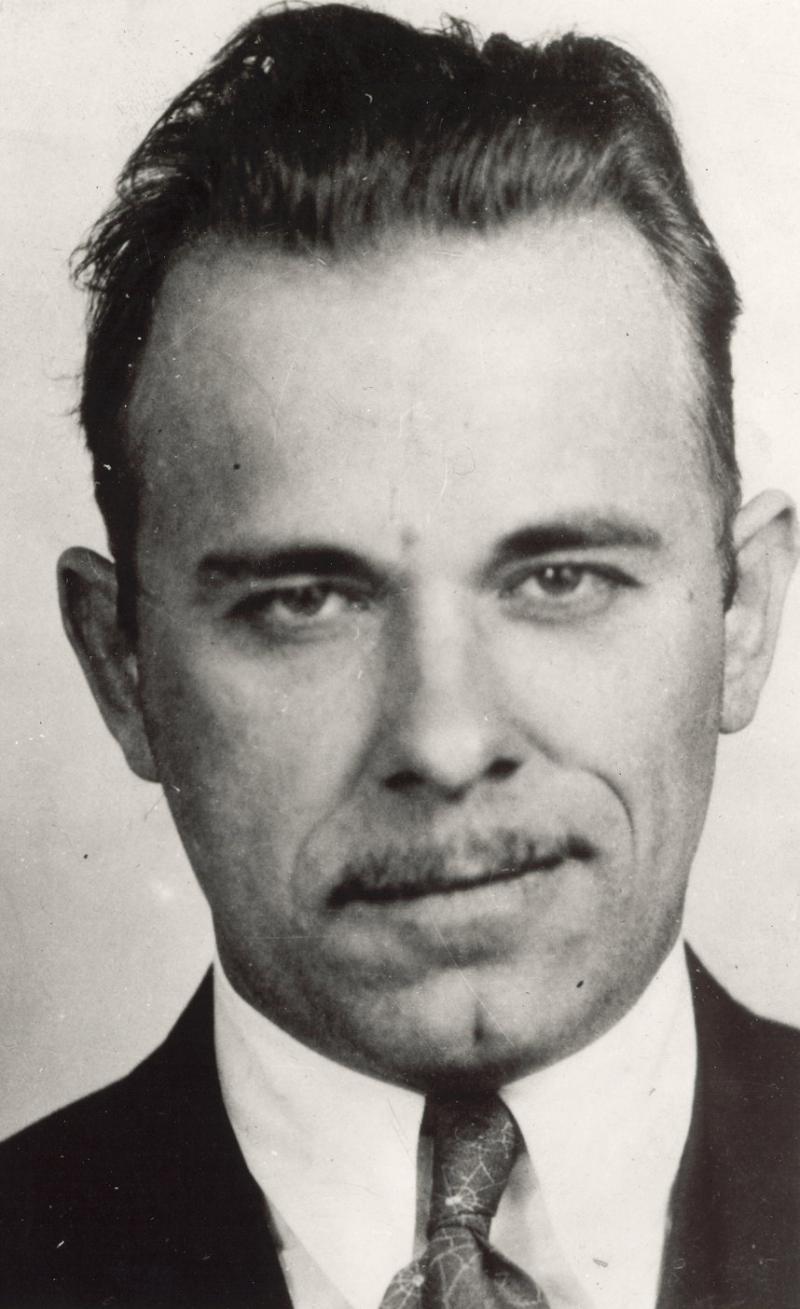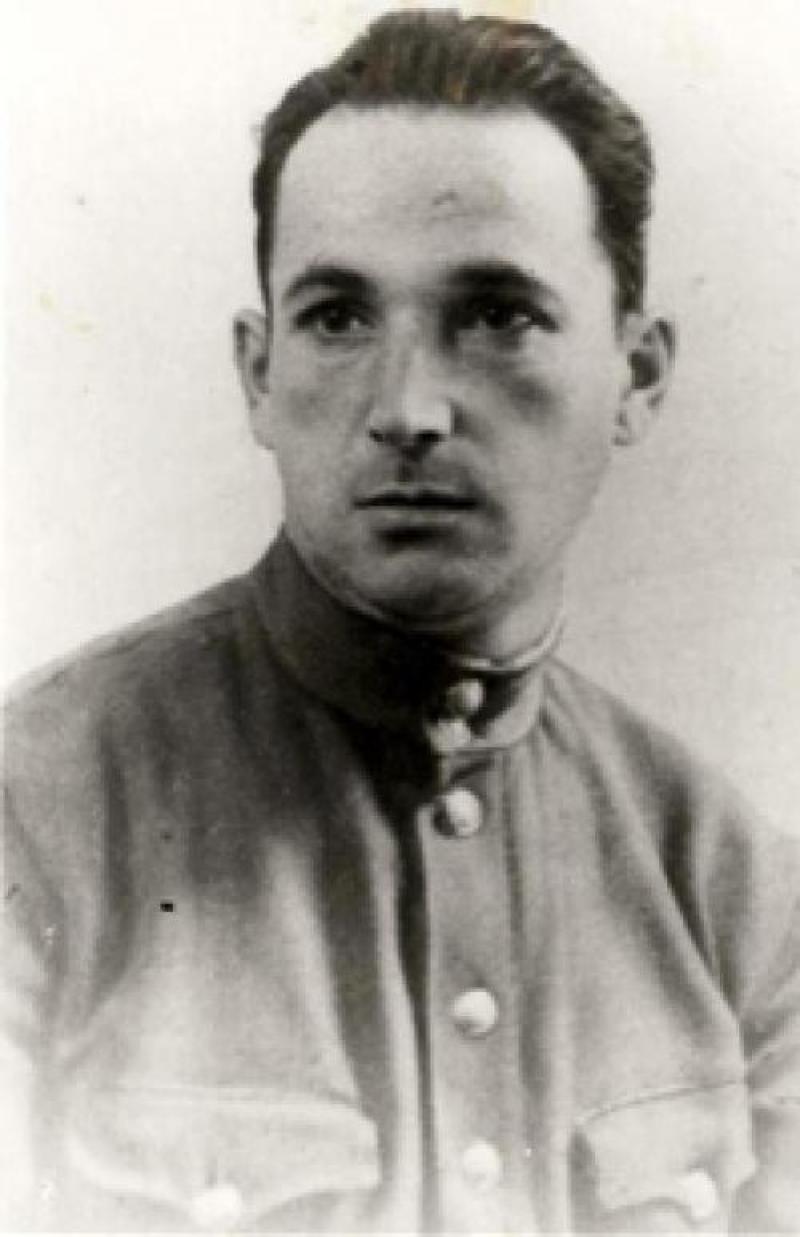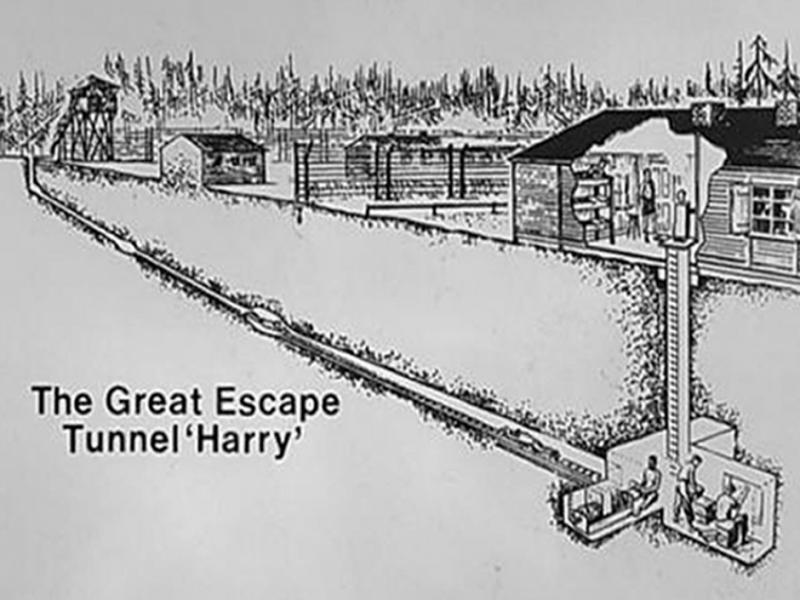The TV series Prison Break or films such as Shawshank Redemption depict escaping prisons as a piece of cake. However, in real life breaking out of prison is not that easy. Yet, there are people who had successfully escaped from jail in the most unbelievable and ridiculous ways. Here you can find some historical prison breaks that can be even superior to the methods demonstrated in these TV shows.

1. John Dillinger Prison Escape
John Dillinger was arrested in 1934 and sent to Lake County Jail that is considered to be unbreakable due to the numerous guards, policemen and national guard troops. This high level of security only made Dillinger even more daring and willing to meet the challenge to escape. He managed to create a fake gun out of soap, stole a Sheriff’s car and fled to Illinois. Unfortunately, speeding in a stolen brand new Ford across the state roads, he got into deep trouble with the FBI and ended dead.

2. Alfred Wetzler’s Death Camp Escape
Auschwitz was one of the death camps during the Holocaust, and one of the fugitives who managed to escape from it was a Jew named Alfred Wetzler. What helped the escape was a pile of hollowed out wood, which was meant to be used for the construction of a section for newly arriving Jews. It was in the night of Passover, when Wetzler and a friend of his hid inside the hollowed wood, which was secured by boards. Fortunately, trustworthy accomplices helped for the escape by spraying tobacco immersed with gasoline so that the two could not be traced by the dogs. Wetzler and his partner remained hidden for four nights, then, at the right time they put on the stolen Dutch suits, jackets and boots and set off for the Polish border. They used an atlas page for navigation.

3. “The Inglorious Basterds” in reality
During World War II Operation Reinhard was Nazi’s plan to massacre European and Polish Jews and to start the construction of killing facilities. A part of this plan was Sobibor Death Camp, where resided Leon Feldhendler and Alexander Pechersky, a Russian lieutenant prisoner of war. Instructed by the two, camp prisoners made cold weapons such as knives and other edged tools in the prison’s workshops. These were the weapons that the convicts used to kill the officers who came the workshop to collect some repaired things previously demanded. This escape is considered to be one of the most amazing and successful prison breaks in the 20th century, since 300 out of 600 prisoners managed to escape.

4. War Buffs’ Favorite
This great escape occurred in 1944 when 76 soldiers had a prison break that could rival any Hollywood movie set. Stalag Luft III German prison was compromised by a group of allied soldiers who dug three 30-feet underground tunnels by means of wood planks for support, a set of lamps; they were even equipped with pumps to ensure sufficient air while digging. Even though the escapists were well prepared, the length of the tunnel was not enough leading them just in front of the sight of the guards at the gates. 76 prisoners did escape; the 77th, however, was seen. What ensued was a massive prisoner-hunt where only three broke free, and all the rest were captured. This is considered to be a really moving and breathtaking prison break of all times.

5. The Famous Escape from Alcatraz
This is thought to be one of the most challenging prison escapes, and accordingly inspired film producers to make a movie starring the famous Clint Eastwood. 1962 was the year when Frank Morris, Clarence and John Anglin escaped from the notorious Alcatraz. By means of some cobbled-together devices such as a drill assembled by the parts of a vacuum cleaner motor, the three daring convicts cracked their cell concrete walls and reached the near ventilation shaft. The next step was to reach the beach. They then headed to the San Francisco bay on a home-constructed raft and vanished forever. They are presumed to have died in their escape attempt, which is very unlikely since their bodies were never found. Thus, the Alcatraz escape is considered one of the most sophisticated and successful prison breaks.




